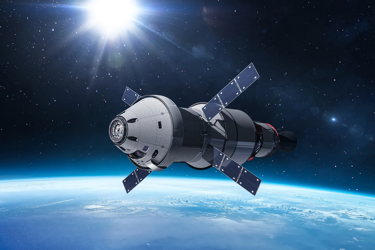Microelectronics Powering The New Space Economy

These days it’s becoming rare to skim through the news headlines without seeing plans for new space technologies and their applications—constellations of satellites providing global internet coverage, commercial space tourism and many more.
However, as described in this McKinsey and Company article, an effective business model is required for these new technologies to have widespread adoption. Even lower cost, low-earth orbit (LEO) satellites are still very expensive to design and launch.
The challenges encountered when scaling these new types of businesses are evident in the long list of companies with failed attempts. OneWeb was well along building out a constellation of LEO satellites to provide global high-speed internet when they were forced to declare bankruptcy in March of 2020 after failing to raise enough capital. LeoSat, another company attempting to bring broadband satellite internet, shut down their operations in November 2019 when they also failed to raise enough capital. Similarly, many of the companies building constellations to enable consumer satellite communication also were forced to close or reduce capabilities.
For most of these cases, it was just too difficult to deliver a consumer product at a reasonable price due to the high costs of operating in space. However, as new technologies offer lower cost approaches, we are seeing new interest and new space opportunities.
Let’s take a look at two very different technologies that are both increasing the affordability of LEO space programs. With these, and other technologies, the new space economy is well positioned to decrease costs, opening the doors to a host of new applications.
Get unlimited access to:
Enter your credentials below to log in. Not yet a member of RF Globalnet? Subscribe today.
